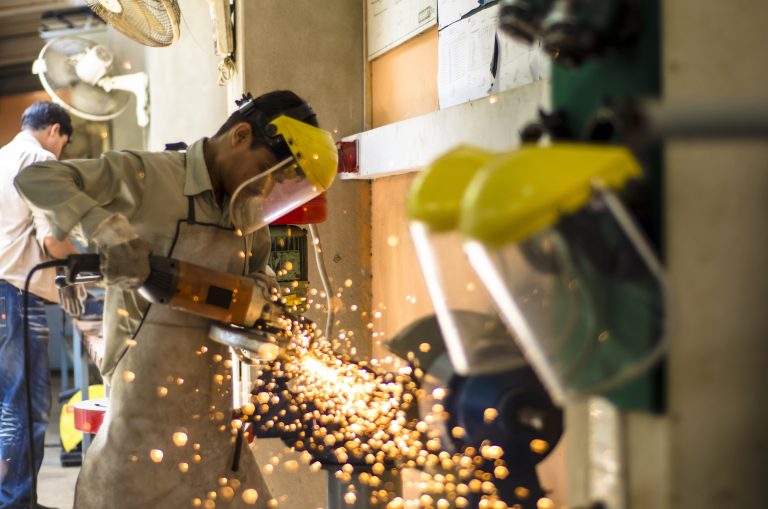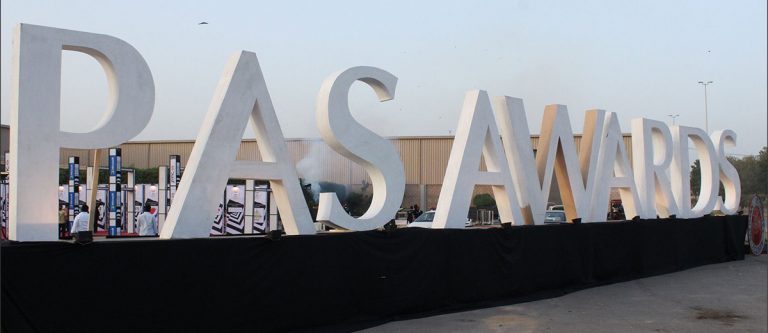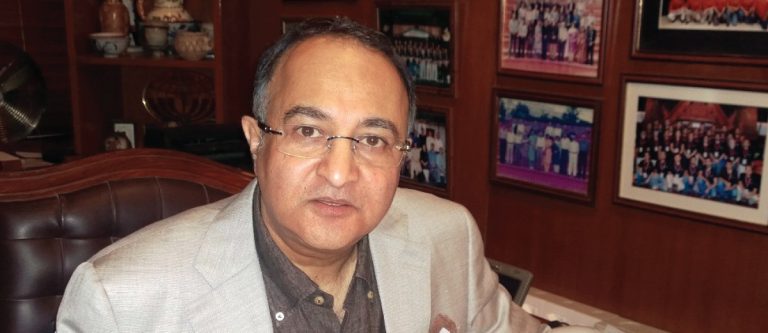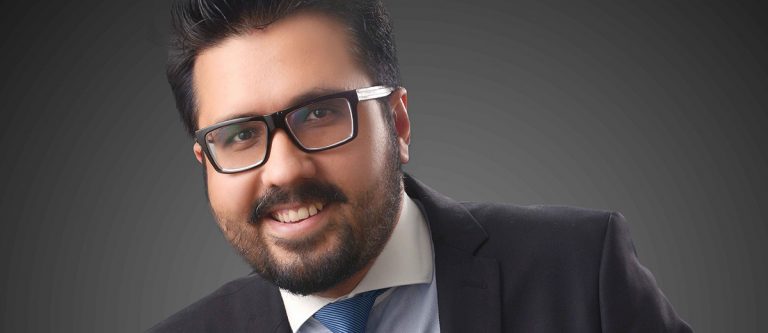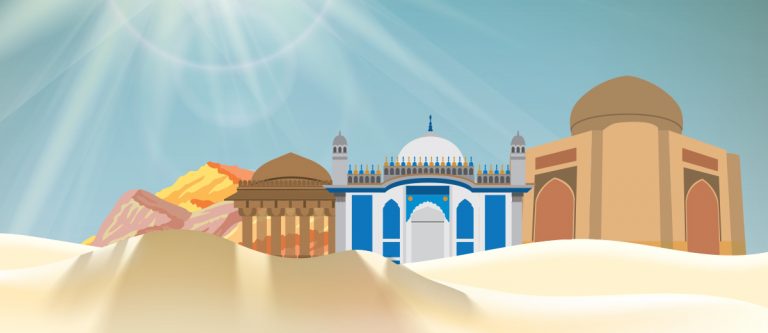By Omair Faizullah
“Because, if I am not mistaken, we shall have to say that about men…poets and story-tellers are guilty of making the gravest misstatements when they tell us that wicked men are often happy, and the good, miserable; and that injustice is profitable when undetected, but that justice is a man’s own loss and another’s gain…these things we shall forbid them to utter, and command them to sing and say the opposite.”
― Plato, book III, The Republic
As always, it will all make sense a little before you end reading this one. I’ve been told that my writing is difficult to digest. That I should perhaps consider toning it down so those who read, can actually understand all that I keep saying. Well, it’s difficult for me to digest that: If you can’t seem to understand what I’m talking about, you definitely need to level up. See, I believe that if I dumb it all down, I will have nothing to say. After great thought, I’ve come to the revelation – haterz gonna hatez! Hence and therefore – ANARCHY IN PK!
So that’s out of the way then.
I remember growing up lying in a charpai in a verandah cuddled up with my father in the middle and my sister on the other side. He was reading to us from one of the Asterix – The Gaul comics. That’s all I remember. But that is not all that was imprinted on my mind that day. I believe that, that was the day when I saw and fell in love with fantasy and fables.
As we grew old, we learned to read the Urdu alphabet and eventually the language itself. We grew to be proud of knowing and understanding Urdu, but things changed over the years. Urdu, from being the primary language, has slowly and gradually been receding to something secondary. Some people very close to me have a habit of spontaneously turning every conversation into angrezee. Not that I have anything against angrezee but I find it odd that I should start having conversations in it just because I know it. I can speak it. I may be one of the rare commodities that can even passingly write in it. Ironically, I can’t write Urdu prose. I tried once but it came out hokey and pretentious. Never wrote a word again. So anyway, back to the speaking in tongues bit.
I always end up turning the conversation back to speaking in Urdu. I mean, for most of my life, I have been speaking Urdu but since the last ten or so years, our conversations have been frequently occurring with more angrezee involved in them. We have all grown up in a country with Urdu as its primary language of communication. And yet, most of our communication is preferred to be in English.
Almost all of the billboards we see on the roads have copy written out in angrezee. And those that are in Urdu, are mostly in the Romanized version. Perhaps we should thank cell phones for educating us to the Roman alphabet.
Recently, we witnessed our entire political leadership gathered in front of the Chinese president in the parliament – televised live on almost all TV stations. The esteemed guest president took his time to deliver his speech in Chinese and us – our leaders – they chose to speak in English instead of their own native tongue – Urdu. Why did they not deliver their speeches in Urdu? Have we no interpreters who can translate to Chinese? Did they intend for the people of Pakistan to not understand a word of what they were saying intentionally? Was the PM’s speech meant only for those who understand angrezee? What IS this strange complex that we have been brewing that is now coming to boil?
Anyway, going back to me falling in love with fiction, fantasy and fables.
I think it would be safe to say that no localized form of fiction really exists or is being explored in Pakistan. If it is here, it is surely marketed on a limited scale.
Strangely, such was not the case some 20 or so years back. Basically around the time the chawanni, atthanni and bara-aaney existed. I love those names for currency. Everything is in boring old rupees these days. That’s how strange the state of our pop-culture is – even the slang for our currency is boring.
Here is another thing I remember from times gone. Going down to the corner stationery store, handing over a rupee or atthanni and purchasing a thin 20 page, quarter A4 sized booklet. It had pictures of the hero fighting off evil monsters and was a thing of beauty to behold. I would rush back home, find a comfortable place and go through it in a few minutes and then eagerly await the time I could buy more. It was short form fiction at its finest; written by hand (no computers back then) and crafted with love. And there were so many of these little booklets around that it would be difficult to choose.
As we grew up, we found out about Umroo Ayyar, Tilsim-e-Hoshruba, Dastaan-e-Amir Hamza and many more. So many more. We had all these heroes battling evil djinns, sorcerers and all kinds of baddies. It was high fantasy in all its unreal glory. It was original and it fed the imagination with things we would only dream of.
Then there was Ishtiaq Ahmed; the man who singlehandedly (literally) wrote Inspector Jamshed, Inspector Kamran and Shoki Brothers; the series on young adult pulp crime fiction (that’s a category in itself). Oh, the craziness that the characters got up to. It was unreal and it was all in Urdu.
It was science fiction, fantasy, horror and all the subgenres being written and consumed by everyone. Just the existence of such literature spoke volumes about the breadth and imagination of our society. Everyone could not just read it, but could find it and afford it too. It was much needed fuel for the bottomless forges of pop-culture. Sci-fi was not just limited to books; it was also pretty popular in film and TV. Remember Shaanee and Ainak Wala Jinn? Hell, we even went as far as to bring Hitler along with Josef Goebbels home. Look it up, it’s crazier than you would imagine.
Slowly and gradually, we started to grow up and just as gradually, fiction started disappearing from our lives. Just as chawanni and atthanni disappeared, so did short Urdu fiction. Pop, pulp or whatever fancy name you might want to give it; it disappeared, leaving absolutely no trace. Is Ishtiaq Ahmed dead? Is he alive? Are Ferozsons still publishing Umroo Ayyar? If so, do they even sell?
More than anything, why has the amount of bookshops been decreasing over time?
We need to understand that fiction shapes reality and vice versa. It is a well documented fact that fiction in popular media influences how we behave and often even ends up dictating the fabric of our societal values. Media including literature, television, advertising, internet etc. influences our behavior. A simple example of this phenomenon is the “saas/bahu” dichotomy amongst our drama addicted female population as a consequence of Indian soaps – no, not the ones we wash our hands with, but the ones that gradually leech us of intelligence…you know what I mean. There have been known instances in which people’s behavior has been altered due to watching too many dramas. Romanticism or action heroes both are reflected on our impressionable minds through actions, thoughts and behavioral patterns. Consuming only one type of fiction limits the imagination and our capacity for broader thought patterns contextual to the world around us. The influence of popular culture in shaping society is similar to a dual edged sword. It cuts both ways where we gain as well as lose. In our case, we seem only to be losing – where once we had multiple genres of fiction; we now have slowly and gradually limited ourselves to only just a few. This speaks volumes about the fabric of popular culture in our society. We have become victims of tunnel vision.
Unfortunately, speculative fiction leaning towards science and fantasy is almost dead. It has receded into a very limited niche and the inquisitive amongst us find this only in angrezee where it leans towards the respective society and culture. Which is why, perhaps I should not be judging our entire Parliament. It seems that they aren’t at fault at all. Perhaps it is us, the creators of pop culture in the communication industry that need to widen the breadth of our imagination and look into ourselves for sources of inspiration that once existed but have been gradually forgotten.
Perhaps we have applied ourselves to Plato’s philosophy of killing off our story-tellers and poets. It is after all, reflective of the Republic we reside in.
I would like to end this piece with an epiphany that occurred as a consequence of writing this piece. As Mark Twain famously said, “Truth is stranger than fiction, but it is because fiction is obliged to stick to possibilities; truth isn’t.”
Well Mr. Twain, the times they are a changin’…and here’s my extension to your words…
“Truth is stranger still where fiction does not exist.”
― Omair Faizullah Bangash
Omair Faizullah is a designer and strategic communication specialist. Omair can be reached at whomair@gmail.com

